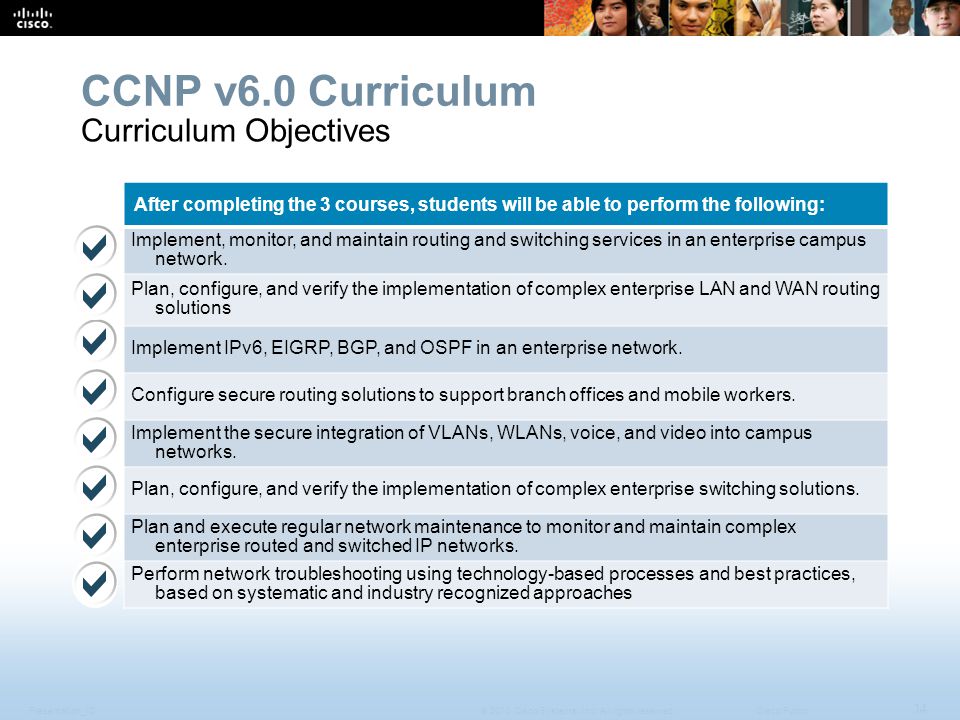Ccnp Route Ppt Slides
Welcome to my CCNP Home page The CCNP curriculum consists of three courses: CCNP ROUTE, CCNP SWITCH, and CCNP TSHOOT, each course is equivalent to 120 hours of instructions. The curriculum is designed for students seeking career oriented, enterprise-level networking skills.
Sol angel and the hadley street dreams rar the best free software for your. Exam Number/Code: 300-101 Exam Name:Implementing Cisco IP Routing Testpassport CISO 300-101 actual questions have been proved to be the most authoritative guides for you to prepare for your exam. You will find the actual questions are exactly the same as Testpassport CISO 300-101 questions and answers.
If you want to pass your 300-101 exam asap then just go to Testpassport. Guarantee Policy: 100% Money Back Guarantee Testpassport 300-101 actual questions we provide are in a format of PDF, including enough exam questions and answers. It is different from traditional study materials for not only just help you summarize the main points, these dumps contains the majority of the real test questions which you will see in the 300-101 exam. In order not to waste your valuable time, we removed all unrelated questions, the actual questions are enough for you to prepare for your test, and we promise to you that we have the coverage for at least 96%. 1.Refer to the exhibit. Based on this FIB table, which statement is correct?
There is no default gateway. The IP address of the router on FastEthernet is 209.168.201.1. The gateway of last resort is 192.168.201.1. The router will listen for all multicast traffic. Answer: C Explanation: The 0.0.0.0/0 route is the default route and is listed as the first CEF entry. Here we see the next hop for this default route lists 192.168.201.1 as the default router (gateway of last resort). Refer to the exhibit.
A network administrator checks this adjacency table on a router. What is a possible cause for the incomplete marking? Incomplete ARP information B.
Incorrect ACL C. Dynamic routing protocol failure D. Serial link congestion Answer: A Explanation: To display information about the Cisco Express Forwarding adjacency table or the hardware Layer 3-switching adjacency table, use the show adjacency command. Reasons for Incomplete Adjacencies There are two known reasons for an incomplete adjacency: No ARP Entry When CEF cannot locate a valid adjacency for a destination prefix, it punts the packets to the CPU for ARP resolution and, in turn, for completion of the adjacency. Reference: 3.A network engineer notices that transmission rates of senders of TCP traffic sharply increase and decrease simultaneously during periods of congestion.
Which condition causes this? Global synchronization B.
Random early detection D. Queue management algorithm Answer: A Explanation: TCP global synchronization in computer networks can happen to TCP/IP flows during periods of congestion because each sender will reduce their transmission rate at the same time when packet loss occurs. Routers on the Internet normally have packet queues, to allow them to hold packets when the network is busy, rather than discarding them. Because routers have limited resources, the size of these queues is also limited.
The simplest technique to limit queue size is known as tail drop. The queue is allowed to fill to its maximum size, and then any new packets are simply discarded, until there is space in the queue again.

This causes problems when used on TCP/IP routers handling multiple TCP streams, especially when bursty traffic is present. While the network is stable, the queue is constantly full, and there are no problems except that the full queue results in high latency. However, the introduction of a sudden burst of traffic may cause large numbers of established, steady streams to lose packets simultaneously. Reference: 4.Which three problems result from application mixing of UDP and TCP streams within a network with no QoS? (Choose three.) A. Starvation B.
Lower throughput Answer: A,C,E Explanation: It is a general best practice not to mix TCP-based traffic with UDP-based traffic (especially streaming video) within a single service provider class due to the behaviors of these protocols during periods of congestion. Specifically, TCP transmitters will throttle-back flows when drops have been detected. Although some UDP applications have application-level windowing, flow control, and retransmission capabilities, most UDP transmitters are completely oblivious to drops and thus never lower transmission rates due to dropping.
When TCP flows are combined with UDP flows in a single service provider class and the class experiences congestion, then TCPflows will continually lower their rates, potentially giving up their bandwidth to drop-oblivious UDP flows. This effect is calledTCP-starvation/UDP-dominance.This can increase latency and lower the overall throughput. TCP-starvation/UDP-dominance likely occurs if (TCP-based) mission-critical data is assigned to the same service provider class as (UDP-based) streaming video and the class experiences sustained congestion. Even if WRED is enabled on the 3 / 4. Service provider class, the same behavior would be observed, as WRED (for the most part) only affects TCP-based flows. Granted, it is not always possible to separate TCP-based flows from UDP-based flows, but it is beneficial to be aware of this behavior when making such application-mixing decisions. Reference: 5.Which method allows IPv4 and IPv6 to work together without requiring both to be used for a single connection during the migration process?
